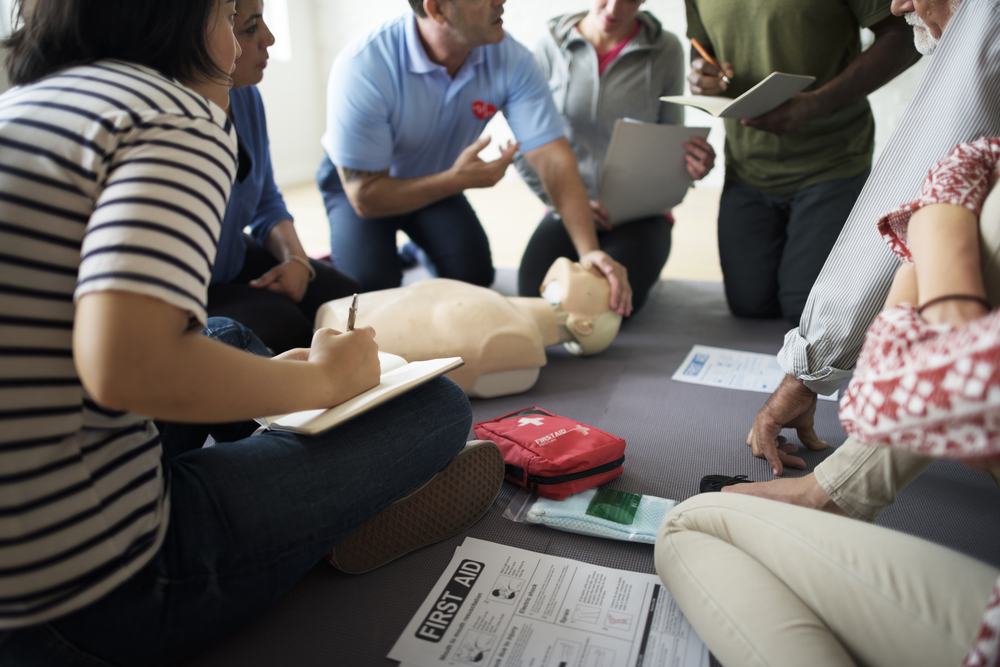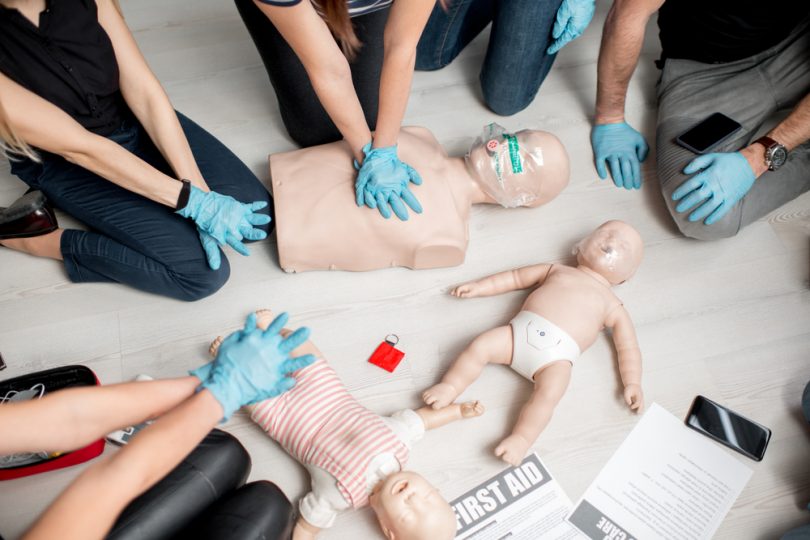Cardiopulmonary resuscitation, commonly known as CPR, is a life-saving emergency medical procedure that is performed on people suffering from cardiac arrest.
Cardiac arrest refers to a condition where the heart stops beating and it can lead to brain damage or even death. A person suffering from cardiac arrest needs immediate attention and performing CPR can save their life.
Learning how to perform CPR can be empowering, as it has the ability to save someone’s life before the emergency services take over.
People usually don’t want to go for CPR training because they think it’s time-consuming, or they are put off by the idea of mouth-to-mouth resuscitation.
However, CPR training can be completed in a few hours (or online), and mouth-to-mouth is not considered a standard part of CPR anymore.
So, you can easily learn how to perform CPR or even become certified as a CPR professional.
If you have decided to learn CPR, here are some things you should know before registering for a class:
Class Levels
CPR training is one of the most basic and shortest medical training classes. They can be classified into three categories – adult CPR classes, pediatric CPR classes and life support classes for healthcare providers.
Adult CPR classes only cover basic techniques for teenagers, adolescents older than 8 and adults. This class is suitable for the home and workplace.
Pediatric CPR classes are for those who are caring for children under the age of 8. This is a different level because the resuscitation technique for children is different than that for adults.
This class is suited for those working in schools, daycares, playgrounds or other places with children.
The classes for healthcare providers are a requirement for all emergency medical personnel. This class usually also covers other things such as AEDs and ventilation devices.

Enrolment
Usually, you can find CPR training provided by medical colleges, hospitals, institutions that specially provide emergency resuscitation courses, and other similar institutions.
You can research the different providers and see which one has the best reputation.
If you have a preference of class level, make sure that the institution provides that particular training.
What to Bring to Class
Wearing comfortable clothes to the class is recommended. You will have to kneel on the ground next to mannequins, so make sure you are ready to do that.
If you use a wheelchair, walking stick, knee brace or wrist brace, you can bring them with you and use them during the training.
You can learn CPR online or in-person. It is usually better to go for an in-person training session if you have never been to a class before in order to fully understand the concepts and the technique.
Online sessions are usually meant for those who might have been trained before and need a refresher or need to update their technique to meet the current requirements.
Learning CPR is a good idea that you should follow through on. You can also take a step further and learn other first aid and life-saving techniques as they too have many important benefits.







